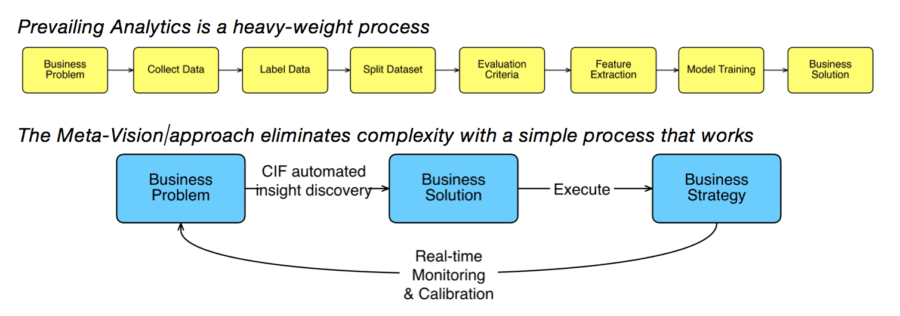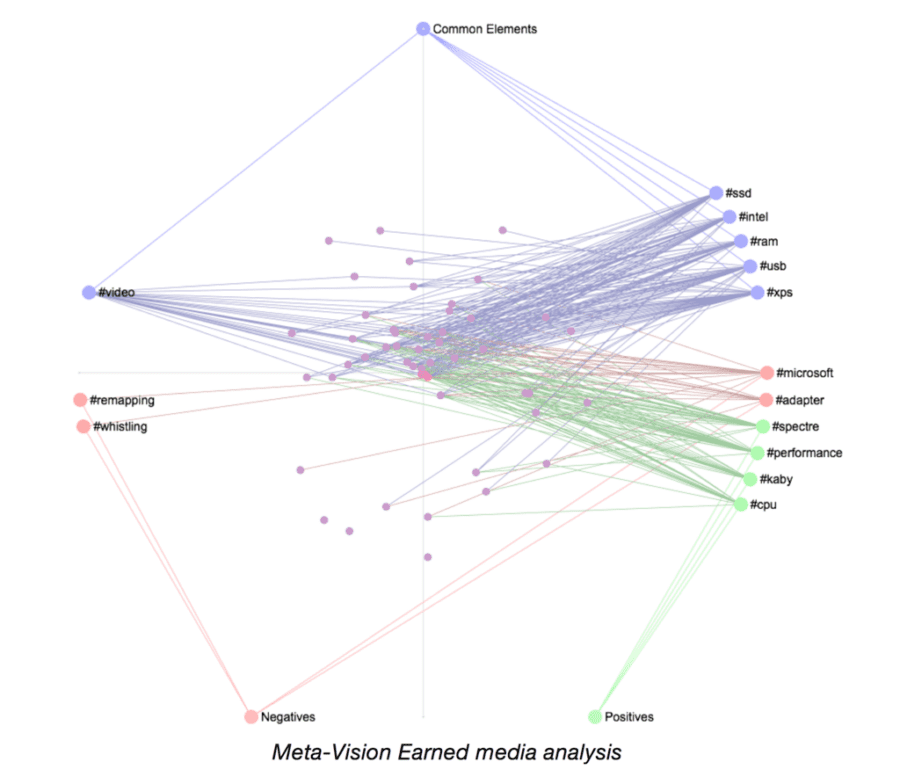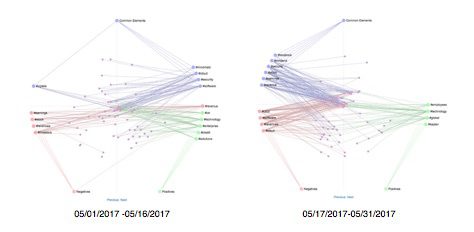Introduction
Enterprise business models evolve over time for many reasons. The Internet has been a key factor driving enterprise business model change in recent years. The recent popularity of smartphones has disrupted consumer habits in travel, investment, entertainment, communication, social engagement, dining, shopping and many daily activities. Consequently, enterprises have been forced to change their business models. While some changes are progressive, others are disruptive. We have seen failure and success of both models.
During the Dot-com bubble, many disruptive startup ventures failed. Startups that survived faced a lot of challenges. Companies who successfully adopted changes to their business model succeeded in breaking the moat of established enterprises. Consequently, some companies such as Yahoo and AOL faded away while others such as EBay, Amazon and Google thrived. As social networks became a dominant force in the consumer space, companies had to adapt their business models accordingly to stay competitive.
The rebirth of AI is now re-shuffling the deck again. It has become increasingly apparent that enterprise adaptation of Artificial Intelligence (AI) technologies in their business model will be the deciding factor that determines survival and success. The reason is simple. Information technologies have disruptively accelerated the pace of business with real-time information flows that addresses customer focus, economy, government regulation, and geopolitical dynamics. Situational awareness is a prerequisite to this adaptation; AI technologies can help, but not all paths lead to the same destination.
Opportunities for Disruption
With the advent of big data and availability of real-time BI data streams from Internet sources, companies are building infrastructure to capture, store, and analyze for insights. Among data collected, there are structured data and unstructured data. Structured data is relatively easier to process. It is a matter of finding the right algorithm to sift the data for insight. Unstructured textual data, however, presents a more significant challenge. Unstructured textual data is also called “dark data” because most enterprises lack the ability to fully analyze and utilize unstructured data in a meaningful and timely way. Popular techniques include sentiment analytics, trends, semantic analysis, summarization, lexicon, machine learning with ontology and dictionary in supervised learning, automatic classification with clustering algorithms, or inference through neural networks. Faced with many one-off situations and unknown conditions, however, none of these analytics can successfully deliver a big picture view of a complex problem such as the action and reaction of business models. Thus, our team developed Meta-Vision – a novel approach to AI that transforms ambiguity into clarity by combining automated analyses with context and semantics for domain experts to connect the dots and gain insight about “what works” and “what does not work” in a complicated business model.
Situational Awareness via Meta-Vision
I wrote about Meta-Vision in my previous blog and its utility in predicting the outcome of earning calls for publicly traded companies[1]. Meta-Vision is the visual display of analytics driven by Context Discriminant – an approach that applies real-time symbolic logic as opposed to statistical probability of learned outcomes and historical data. Context Discriminant is a method and procedure that, together with a novel algorithm, enables a computer to discover and digest any textual information like a human, but operates in parallel at the speed of modern day processors. Meta-Vision on real-time BI enables an enterprise to consume and react to voluminous amounts of textual information with efficiency and efficacy. It provides a situational awareness similar to the radar scope of an air traffic controller; Meta-Vision enables enterprise to take advantage of opportunities and mitigate risk that affects every aspect of their business model. As a proof-of-concept, Meta-Vision has been applied to many DOW symbols, such as IBM and CSCO, to analyze and understand business models over time. For example, I have time-marked my prediction based on Meta-Vision of Cisco’s business model with comments at other investment blogs. Therefore, the recent downgrade of Cisco came as no surprise to me. The Meta-Vison analytics on Cisco, spanning from 3/2014 to 5/2017, used BI from our big-data repository – the CIF Data Galaxy. Our Data Galaxy is a big-data collection of market and financial news beginning from 2014 that is continually updated in real-time. The following are images of Meta-Vision captured for the month of May 2017 before and after the earnings call. It enables us to visualize the shift in public opinion (in the eyes of industry media and analysts). Such Meta-Vision rendering based on public media articulates the strength and weakness of Cisco’s core business model. Taking these traits into consideration, executives could have disrupted the business model through changes in strategy regarding new product, M&A, and human capital, and thus could have improved performance and outlook.
By narrowing the input with filters on the same dataset, Meta-Vision can be used to provide insights into specific products and services or a macro view of the state of business. For demonstration of how Meta-Vision can be used to detect the competitive weaknesses of a product, we provide a Meta-Vision analysis of a popular class of products.
Case Study: Using Meta-Vision to improve products and services – convertible laptops
The background
Companies like Lenovo, HP, and Dell make many products. Customer & media feedback provides insights into customer satisfaction, market reaction, and competitive offerings. The voluminous and dynamic nature of this information makes it difficult to get timely insights. Meta-Vision is the perfect method to meet this challenge.
This use-case examines how Context Discriminants extracts timely insights for tactical and strategic execution. As an example, this use-case focuses on convertible laptops – a highly competitive segment. Models analyzed include the Lenovo Yoga 910, the HP Spectre x360, and Dell XPS 13” 2-in-1.
The data
Quantitative analysis such as surveys and ratings are popular approaches, but often lack context & details to drive strategy and execution (e.g. Yoga 910 reviews average 4/5 stars; this doesn’t help us understand why). The solution is to analyze textual data such as Voice of Customer (user reviews) and Earned Media (trade reviews). Textual data can provide invaluable context around consumer sentiment that numbers can’t, but getting insights is not easy.

For a compilation of business intelligence, Meta-Vision instantly understands what’s important, automatically finds context, curates supporting facts (drawn from the data source), and creates a custom topology of machine-generated hashtags – mapping subject matter by Context Discriminants[2] – in seconds. No machine learning, ontology, data training is required. The Meta-Vision approach augments field of vision by providing instant situational awareness. The topology of Meta-Objects – and supporting facts – enables domain experts to connect the dots and draw strategies that maximize the desired outcome.

Earned Media in focus
Meta-Vision analyzed trade reviews of the competing products together. The objective was to understand features positively or negatively received amongst the 3 convertible laptops – useful information for a product refresh. The CIF topology of machine-generated hashtags enables users to triangulate strengths and weaknesses for insight discovery and additional review. Meta-Vision identified product weaknesses of the Lenovo Yoga 910 were a noisy PC fan and poor keyboard design.
Voice of Customer in focus
We used the Meta-Vision approach to analyze customer reviews. Meta-Vision topology corroborated the findings from the Earned Media analysis – a noisy PC fan and poor keyboard design – also negatively impacted the user experience.
Elevating execution
Companies seek to maximize outcomes and mitigate risk. In this use-case we showed what would ordinarily take a team months, could be easily accomplished with Meta-Vision in minutes. The insights we aggregated from this use-case could be used by product teams for confirmation, quality control teams for investigation, marketing teams for messaging and communication strategy, and customer service for execution. A focus on positive experiences could easily identify competitive advantages (features, design) that can be incorporated in a future product iteration.
History has demonstrated time and time again the disruptive benefit of timely information. The Meta-Vision approach shortens the path to insight by amplifying the traditional information flow. From product managers to sales and marketing, Meta-Vision empowers business teams to fully leverage information to elevate their execution, connect the dots, and tactically maximize outcomes and mitigate risk with disruptive decision-making.
For more information, please visit: www.sitefocus.com
[2] Introducing Context Discriminant – Artificial Intelligence for Tactical Strategic Execution with Bionic Fusion. http://www.datasciencecentral.com/profiles/blogs/introducing-contex…

